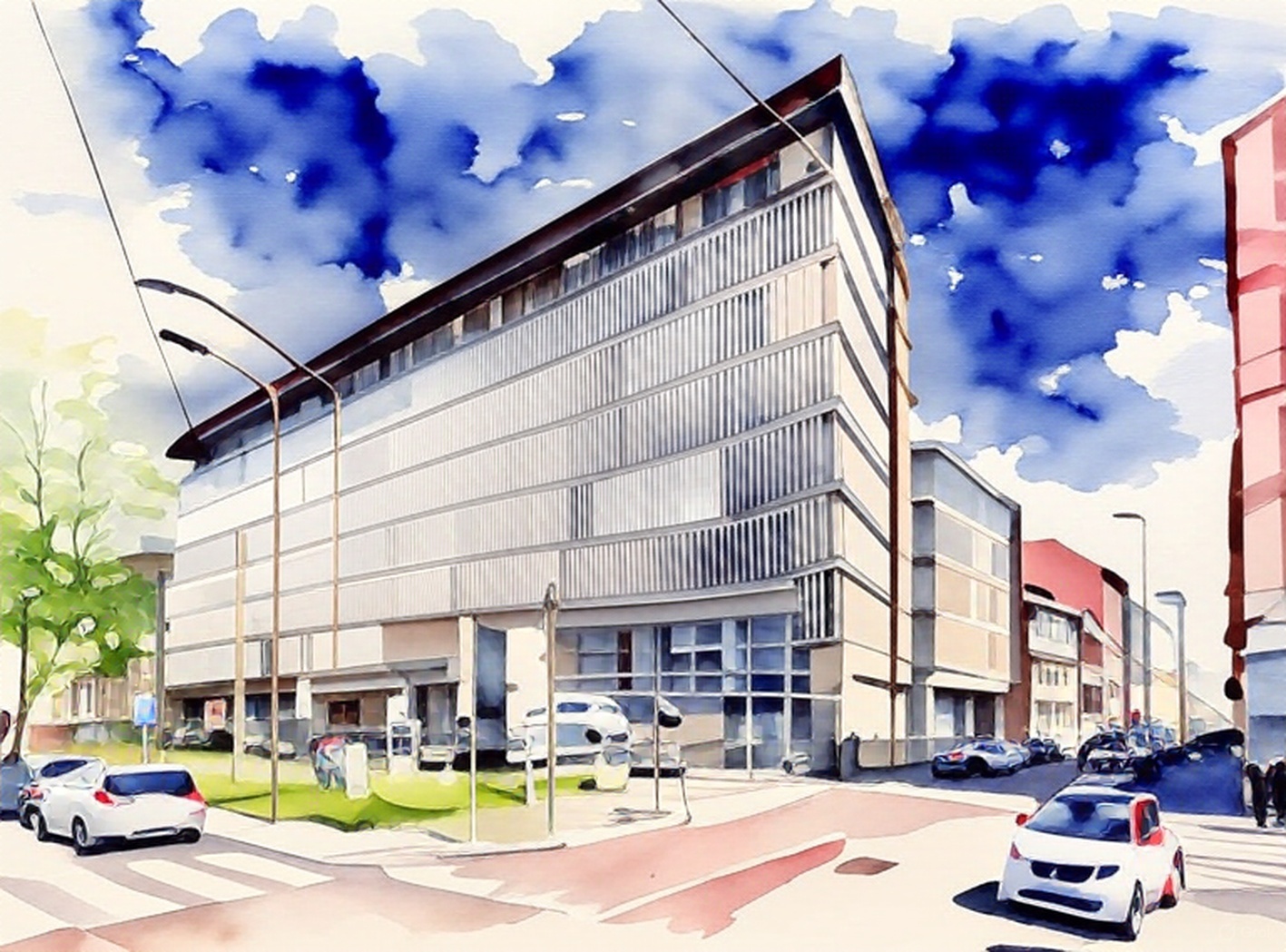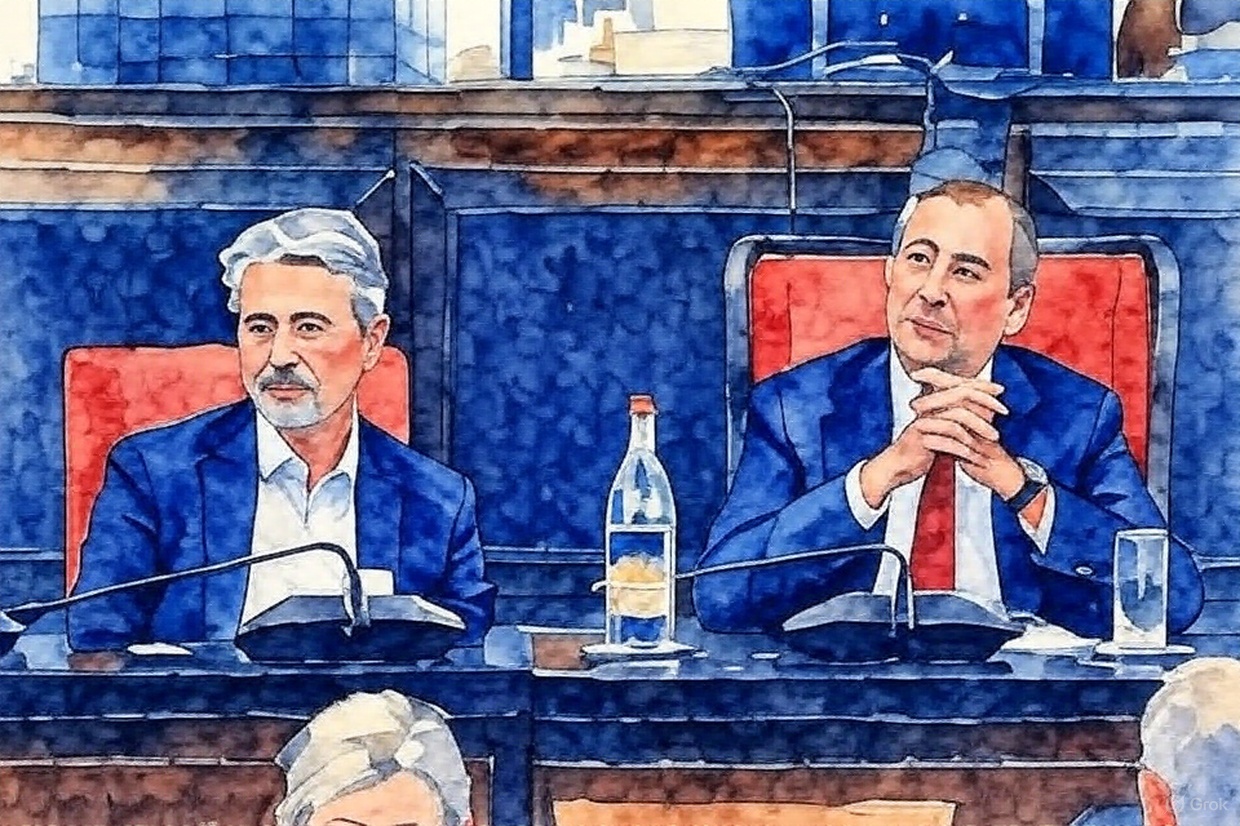Italy
Milan’s urban Scandal: Pressure, politics, and the high stakes of the 2026 Olympics

The city of Milan is currently embroiled in a significant urban planning scandal, dubbed “Palazzopoli,” which has drawn sharp focus to the construction objectives for the Milan Cortina 2026 Olympic Games. The investigation reveals alleged pressures exerted by City Councillor Giancarlo Tancredi on Giuseppe Marinoni, the former head of the commission responsible for approving urban projects, to facilitate the realization of key Olympic infrastructure, including the Olympic Village, the Santa Giulia Arena, and a multifunctional building in via Ripamonti.
The Core of the Investigation: Pressures and Alleged Corruption The scandal centers on allegations of corruption, with both Tancredi and Marinoni currently under investigation. Justice Mattia Fiorentini is set to decide whether they will face house arrest or imprisonment, as requested by the Public Prosecutor’s Office. The investigation, which has been ongoing for months, has unveiled a network of informal pressures, private meetings, manipulated opinions, private consultations, and suspicious convergences between public functions and private interests.
WhatsApp messages form a crucial part of the evidence. For instance, on July 2, 2022, City Councillor Tancredi reportedly messaged Marinoni stating, “There’s an Olympics problem…“. Shortly after, Tancredi contacted Marinoni to arrange a meeting with Manfredi Catella, the CEO of Coima, a company that has also financed the Mayor. These communications highlight the informal dynamics at play, despite initial critical assessments by the Landscape Commission regarding projects like the Olympic Village, citing “weakness of settlement, inconsistent urban edges, lack of a true relationship with the surrounding fabric”. Over the subsequent months, the project repeatedly returned to the Commission, ultimately receiving a favorable, albeit conditional, opinion after “adjustments and pressures”.
A similar pattern emerged with the Santa Giulia Arena, designed by Mario Cucinella for Cts Eventim. Despite an initial negative assessment, describing the arena as a “closed, self-referential object, poorly integrated into the neighborhood,” and technical relator Monica Moschella denouncing “an absent urban grammar, a suburban outlet operation,” Tancredi intervened, pushing for meetings and applying pressure. Despite Marinoni’s occasional absence or declarations of incompatibility, the project was approved following modifications that, according to several technicians, did not address fundamental structural issues.
The case of via Ripamonti 89 is another emblematic example. This former De Angeli Farmaceutica property was to be transformed into an 11,000 square meter office building by Real Step, with 16 million euros in financing from Mediocredito Italiano. The Landscape Commission initially rejected the project. However, by late June 2023, Tancredi messaged Marinoni, asking if he had “already heard about Ripamonti.” Marinoni responded, “Let’s say we gave a contrary opinion.” Tancredi’s reply was a curt “Darn.” Days later, the Commission reversed its position, granting approval. On July 19, Tancredi again messaged Marinoni, reminding him about “Ripamonti 89 tomorrow…” and shortly thereafter, asked for confirmation, receiving a succinct “Yes”. According to investigators, Tancredi directly pressured the Commission president, leading to the reversal of the decision.
The Mayor’s Shadow and Broader Political Ramifications
The scandal also casts a long shadow over Milan’s Mayor, Beppe Sala. Critics argue that his resignation would simplify matters by allowing a government commissioner to be appointed to resolve the issue of 4,000 families caught in the middle of construction abuses without money or housing. The Mayor is accused of creating this problem, and it is suggested that his continued tenure, driven by his political ambitions, complicates finding a solution. Sala’s attempts to pass an “ad personam” law to regularize irregular constructions, known as “Salva Milano,” have reportedly been set aside due to the unfolding investigation.

The Mayor of Milan, Sala, on the right
Gabriele Albertini, a former Mayor of Milan for over nine years, offers a stark contrast to Sala’s administration. Albertini describes a system during his tenure that attracted 30 billion euros in investments and redeveloped 11 million square meters without relying on external funds like the PNRR (National Recovery and Resilience Plan). He attributes this success to stringent internal controls, including “Alibabà” – a sort of twenty-year-ahead anti-corruption authority – and an internal audit service of about twenty officials. All actions had a preventive stamp of transparency, and “integrity pacts” were in place, which allowed the municipality to exclude over 600 companies from tenders and contracts for non-compliance.
Albertini expresses surprise that Mayor Sala, when previously serving as Expo commissioner, claimed to have 15 internal audits but was unaware of “integrity pacts” when questioned about them. Albertini suggests that Sala was “forced to take shortcuts” by using SCIA (Certified Notification of Commencement of Works) or Landscape Commission opinions, bypassing discussion in the City Council, not for malice but due to a “state of necessity” stemming from “minority groups” or “pressure groups”. He argues that these choices might have been made to avoid his majority not voting for his plans. Albertini concludes that the current situation is grave and while justice must run its course, the city cannot halt. He criticizes the current system where “the height of a skyscraper becomes a crime” and that “the idea that verticality can be a value… is overturned and degraded to suspicion”. He highlights that in Milan, the only Italian metropolis experiencing growth, its development is being criminalized.
The Milan “Palazzopoli” scandal highlights critical issues of transparency, governance, and the interplay between political power and private interests in large-scale urban development, particularly in the context of high-profile events like the Olympic Games. It raises questions about accountability, the effectiveness of regulatory bodies, and the broader implications for Milan’s urban future and the well-being of its citizens.






